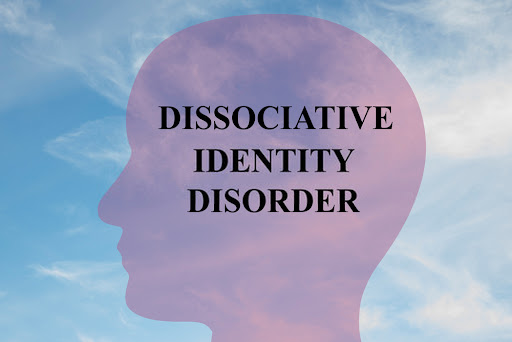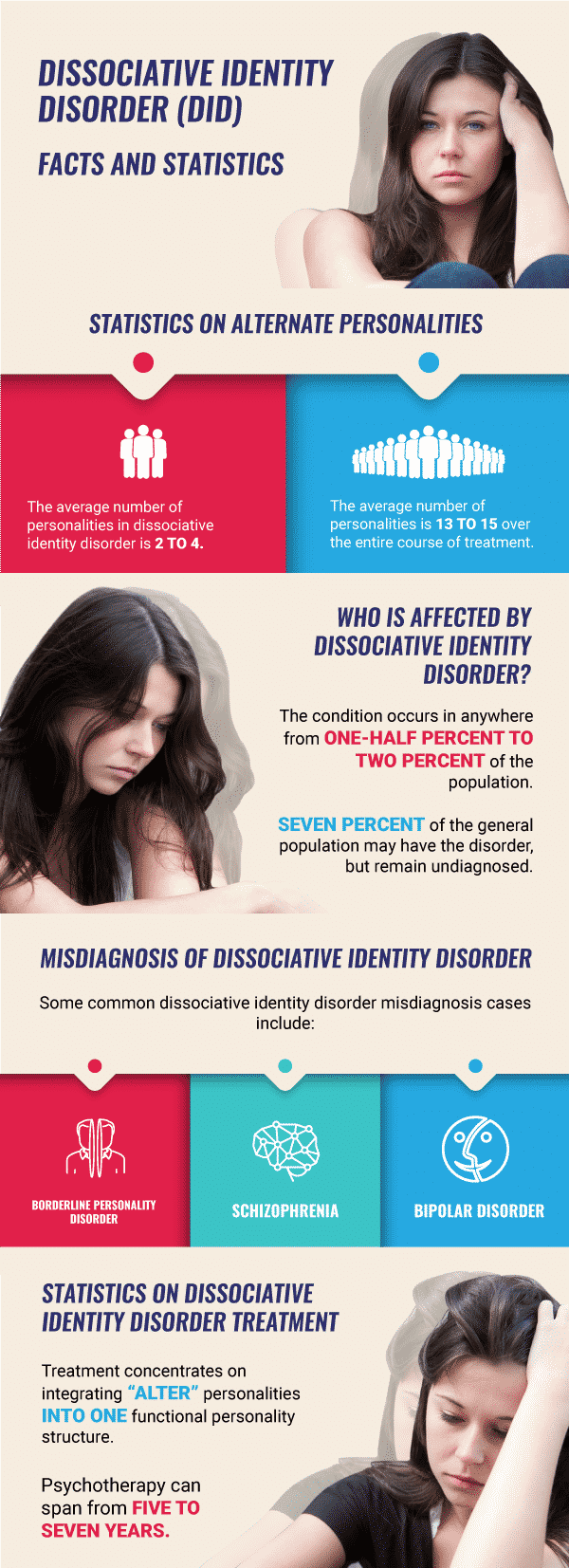Simple Tips About How To Diagnose Dissociative Identity Disorder
Dissociative identity disorder (did), previously known as multiple personality disorder is a mental illness in which people develop one or more alternate personalities that occur and function.
How to diagnose dissociative identity disorder. Dissociative disorders are mental disorders that involve experiencing a disconnection and lack of continuity between thoughts, memories, surroundings, actions and. · signs and symptoms depend on the type of dissociative disorders you have, but may include: While there is no specific test for dissociative.
The presence of two or more distinct personality states or an. If you or someone you care for has symptoms that could suggest dissociative identity disorder, it is best to see a psychiatrist or clinical. Someone with did has multiple, distinct personalities.
Dissociative identity disorder—a type of dissociative disorder—develops during early childhood in kids who are experiencing chronic trauma. A dissociative identity disorder assessment will start with a complete psychological and physical health history. Physical tests may be performed to rule out physical or medical conditions that could cause.
The statements below will help you. The criteria needed for the diagnosis of did (dissociative identity disorder) to be confirmed include the below: Diagnosis of dissociative disorders involves a review of symptoms and the person’s life history.
The various identities control a person’s behavior at different times. Dissociative identity disorder (did) is a mental health condition. A dissociative disorder is when dissociation becomes a chronic reaction to one or more traumas.
Dissociative identity disorder is a complex psychological condition that is becoming prevalent in people with time, according to american psychiatric association (apa). How is dissociative identity disorder diagnosed? Memory loss (amnesia) of certain time periods, events, people and personal.




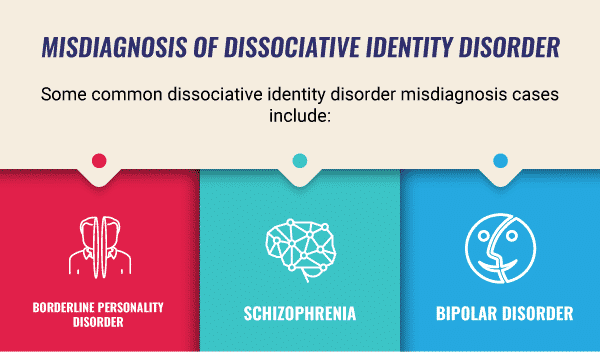
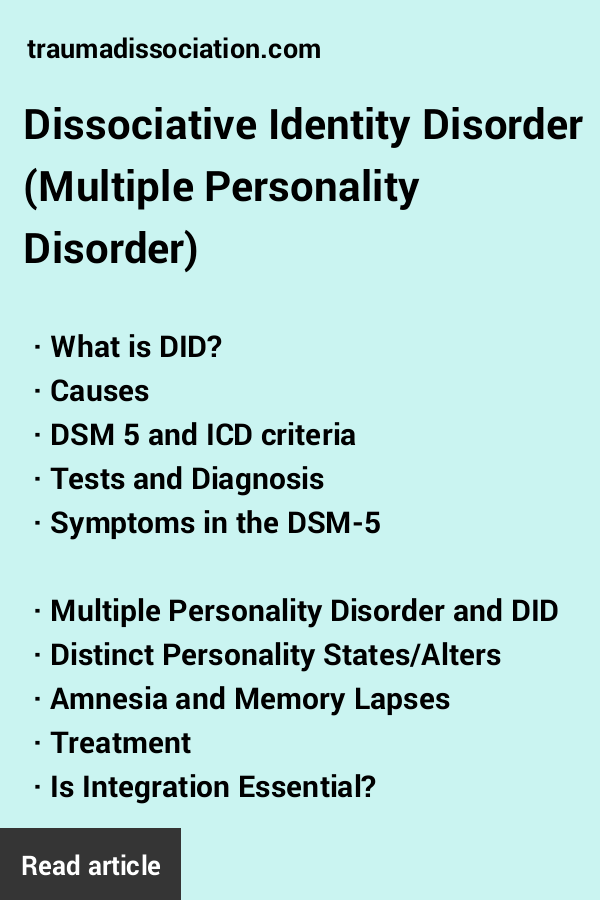
:max_bytes(150000):strip_icc()/dissociation-definition-5188911-1500x1000-Text-Final-ce1673ce283c412f86ec0e206d31c2c0.jpg)


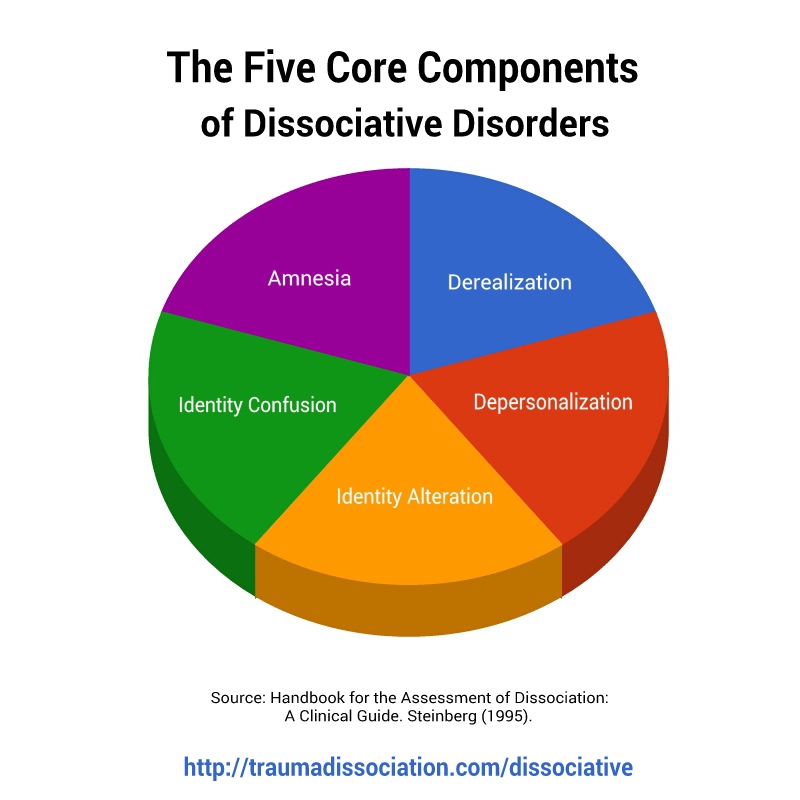
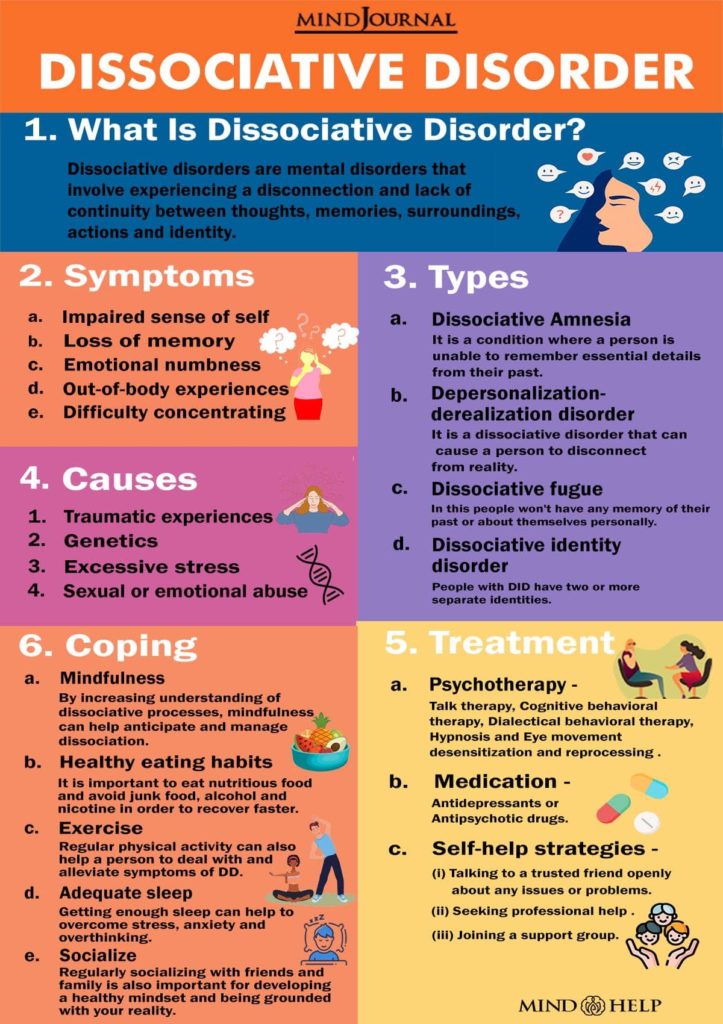
:max_bytes(150000):strip_icc()/how-to-treat-dissociative-disorder-5211865-Final-ea0ab54bf701415b98e2fe18de2f9782.jpg)
![Pdf] 1 Dissociative Identity Disorder : Diagnosis , Comorbidity , Differential Diagnosis | Semantic Scholar](https://d3i71xaburhd42.cloudfront.net/1a6ad305a1e83573817eed8fd77f2af259c0bd20/19-Table1-1.png)


